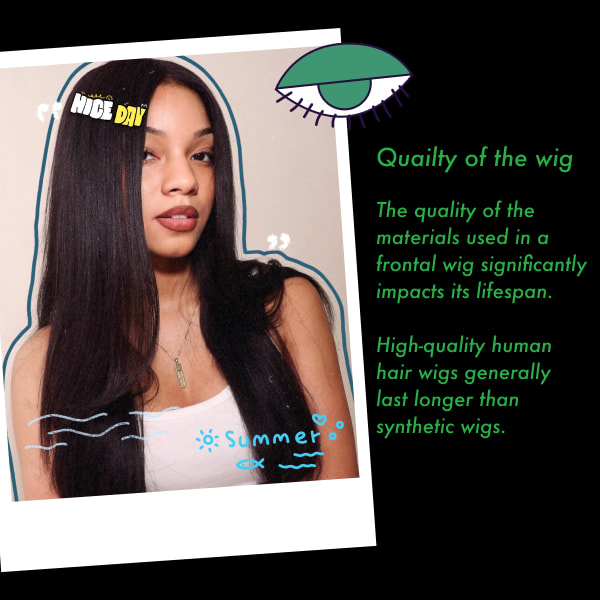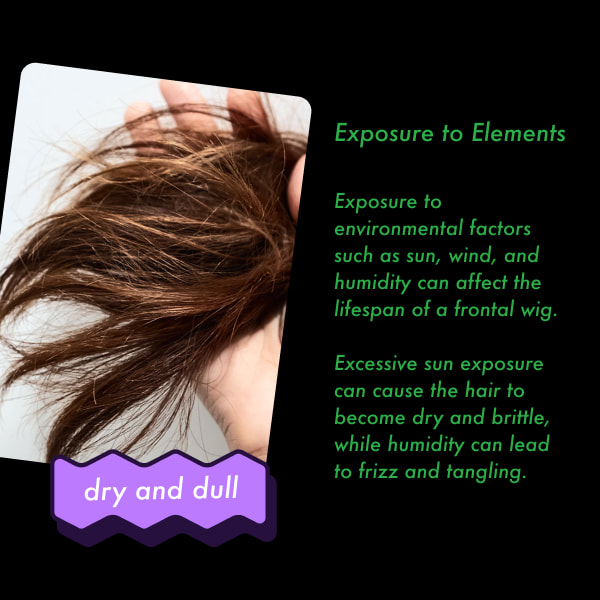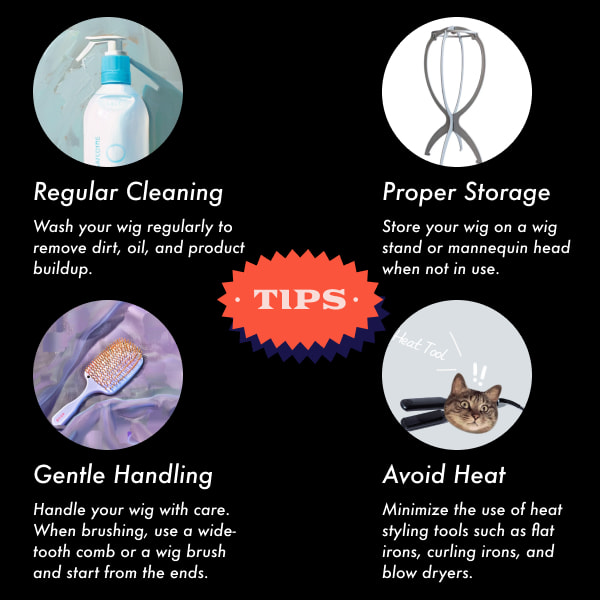






Frontal wigs are a popular choice for their natural appearance and versatility. However, their lifespan can vary significantly based on several factors. Understanding how long a frontal wig typically lasts and how to care for it can help you make the most of your investment. This article will explore the factors that affect the longevity of frontal wigs and provide tips for extending their life.
Quality of the Wig
The quality of the materials used in a frontal wig significantly impacts its lifespan. High-quality human hair wigs generally last longer than synthetic wigs. The construction of the wig, including the type of lace and the method of hair attachment, also plays a crucial role.
Frequency of Wear
How often you wear your wig affects its longevity. Daily wear can lead to faster wear and tear compared to occasional use. If you wear your wig every day, you may need to replace it more frequently.
Care and Maintenance
Proper care and maintenance are essential for extending the life of a frontal wig. Regular cleaning, gentle handling, and proper storage can prevent damage and prolong the wig’s usability. Using appropriate products designed for wigs can also help maintain its quality.
Exposure to Elements
Exposure to environmental factors such as sun, wind, and humidity can affect the lifespan of a frontal wig. Excessive sun exposure can cause the hair to become dry and brittle, while humidity can lead to frizz and tangling.
Styling Practices
Heat styling and frequent use of styling products can degrade the quality of the wig over time. Minimizing the use of heat tools and opting for heat-free styling methods can help preserve the wig’s integrity.
Human Hair Frontal Wigs
High-quality human hair frontal wigs can last anywhere from 6 months to over a year with proper care. Some premium wigs can even last up to two years if they are well-maintained and not subjected to daily wear.
Synthetic Frontal Wigs
Synthetic wigs generally have a shorter lifespan compared to human hair wigs. On average, a synthetic frontal wig can last between 4 to 6 months with regular use. However, with careful handling and occasional wear, some synthetic wigs can last up to a year.
Regular Cleaning
Wash your wig regularly to remove dirt, oil, and product buildup. Use a gentle shampoo and conditioner designed specifically for wigs. Avoid over-washing, as it can strip the hair of essential oils and cause it to become dry and brittle.
Proper Storage
Store your wig on a wig stand or mannequin head when not in use. This helps maintain its shape and prevent tangling. Keep it in a cool, dry place away from direct sunlight and heat sources.
Gentle Handling
Handle your wig with care to avoid damaging the lace and hair strands. When brushing, use a wide-tooth comb or a wig brush and start from the ends, working your way up to the roots. Avoid pulling or tugging on the hair.
Avoid Heat
Minimize the use of heat styling tools such as flat irons, curling irons, and blow dryers. If you must use heat, apply a heat protectant spray to reduce damage. Opt for heat-free styling methods whenever possible.
Use Appropriate Products
Choose hair care products that are specifically formulated for wigs. Avoid using regular shampoos, conditioners, and styling products, as they can be too harsh and cause damage. Look for sulfate-free, paraben-free, and alcohol-free products.
Your questions answered
It’s recommended to wash your frontal wig every 7-10 wears or when it appears dirty or greasy. Over-washing can lead to dryness and damage.
It’s best to remove your wig before sleeping to prevent tangling and reduce wear and tear. If you must sleep in it, use a silk or satin pillowcase to minimize friction.
Regular brushing, proper storage, and using detangling sprays can help prevent tangling. Avoid excessive handling and exposure to wind or humidity.
Human hair frontal wigs can be dyed, but it’s recommended to have it done by a professional to avoid damage. Synthetic wigs cannot be dyed as the fibers do not absorb color.
Use wig adhesive, wig tape, or an adjustable strap to secure your frontal wig. Make sure it fits snugly and comfortably without causing irritation.
Shedding is normal to some extent, but excessive shedding may indicate damage. Be gentle when brushing and handling the wig, and consider using a wig repair service if shedding persists.